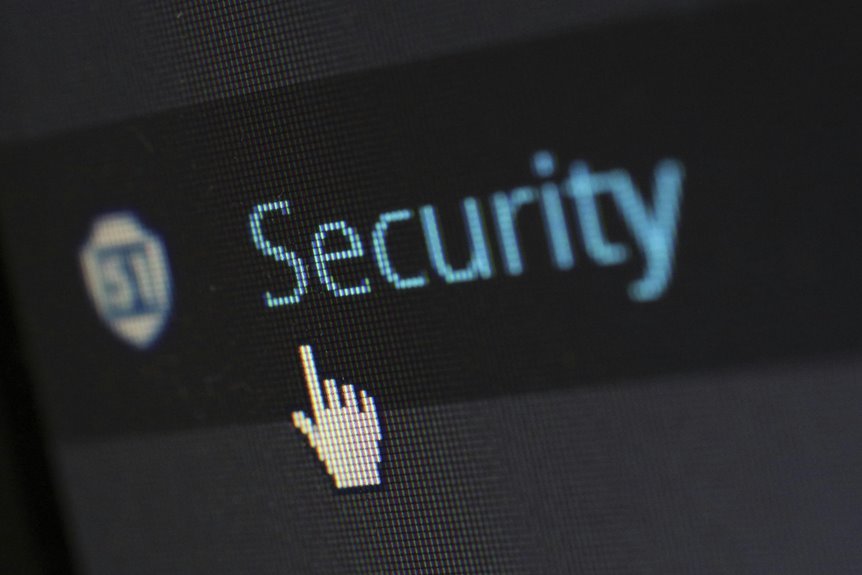Exploring 8174850300 in Network Security
The numeric identifier 8174850300 plays a pivotal role in network security management. Its effective utilization aids in the organization of IP addresses, ensuring secure communication among devices. However, its potential vulnerabilities warrant careful examination. Understanding how to mitigate risks associated with such identifiers is crucial for network administrators. What best practices can be implemented to safeguard against exploitation and enhance overall network integrity? The exploration continues.
The Significance of 8174850300 in Network Configurations
The number 8174850300 plays a critical role in network configurations, particularly in the context of identifying and managing IP addresses.
Adhering to established numeric standards, it facilitates seamless communication across devices. Configuration protocols leverage this numeric identifier to enhance network performance and security, ensuring reliable data transmission.
Understanding its significance empowers network administrators to optimize their systems while maintaining user autonomy and freedom.
Identifying Potential Vulnerabilities Associated With 8174850300
Understanding the role of 8174850300 in network configurations leads to a critical examination of potential vulnerabilities associated with its use.
A thorough vulnerability assessment reveals risks tied to numeric exploitation, where attackers may manipulate this identifier to gain unauthorized access.
Identifying these vulnerabilities is essential for mitigating risks and ensuring that network security remains robust against potential threats stemming from this numeric configuration.
Best Practices for Enhancing Security Related to Numeric Identifiers
Numerous best practices can significantly enhance security related to numeric identifiers within network configurations.
Implementing robust identifier management protocols ensures that numeric security is prioritized. Regular audits of numeric identifiers, employing encryption, and utilizing complex numeric sequences can mitigate risks.
Additionally, training personnel on secure handling of identifiers fosters a culture of security awareness, ultimately reinforcing the integrity of network systems and protecting sensitive information.
Conclusion
In the labyrinth of network security, 8174850300 serves as a beacon, guiding administrators through the shadows of potential vulnerabilities. Its meticulous management not only fortifies the digital fortress but also nurtures trust in communications, like a sturdy bridge spanning turbulent waters. As organizations embrace best practices surrounding this numeric identifier, they weave a tapestry of resilience, ensuring that the integrity of data remains untainted amidst the ever-looming specter of cyber threats.






